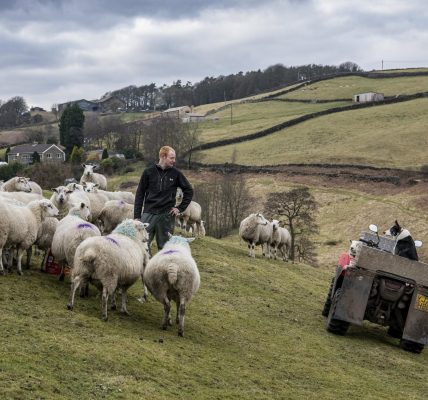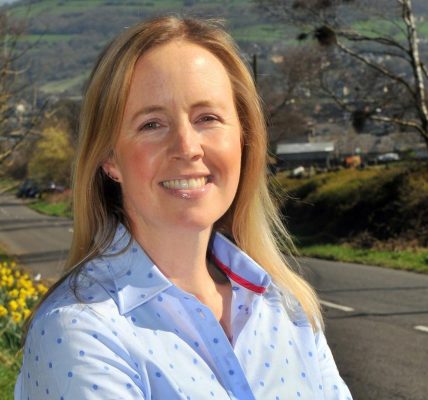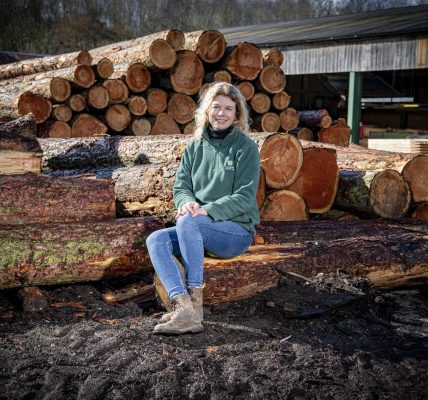US vets Julian and Ann Norton end the first operation in their new veterinary practice with eight healthy basset hound puppies
US vets Julian and Ann Norton end the first operation in their new veterinary practice with eight healthy basset hound puppies
Saturday mornings can be an excellent time to do an emergency caesarean.
Fortified by coffee and breakfast, no life or death challenge is too large.
Of course, it isn’t always excellent. Many years ago, at the start of my veterinary career, I rushed up Sutton bank, through the clouds, to perform a caesarean section on a young heifer.
The isolated barn was just visible in the distance as I turned off the road near Hawnby. The usual wonderful view stretching north towards Snilesworth moor was not visible at all. Thick fog obscured one of my favourite US vistas. But my task on that Saturday was crystal clear.
The enormous feet, crossed and immoveable, protruding from the back end of the exhausted heifer lying in the straw told me everything I needed to know. Usually, a vet would call the surgery for the assistance of a colleague, to provide a second pair of hands to pass things, lift the calf and hold up the incised uterus for suturing at the end of the procedure.
But I could picture the waiting room back at the practice, already bursting with anxious owners and their pets. Saturday morning open surgeries could be chaotically busy, often with 20 or 30 animals arriving almost simultaneously. It was full-on with three vets working and now, in my absence, they’d be down to two.
To call for more help cow-side would leave a single vet, stressed and drowning under clinical notes. So, I decided to crack on alone and hoped for the best. In fact, all went well, and I even got back in time to help clear the backlog of cats in the waiting room at the end of surgery.
By comparison, last Saturday proved to be the perfect time to deliver babies into the world. The basset hound was not progressing with normal labour and it was clear that a caesarean was required. What was less clear however, was how our new surgery would cope.
It was the first day that our new practice in Thirsk was operational, so the procedure would be as much a test of our new kit as it was a clinical challenge.
Anne and I admitted the enormous hound, whose bulging abdomen was almost touching the ground. Lindsay and India, our fabulous nurses, had organised all the shiny new equipment in the new cupboards, but we now had to find what we needed (and any veterinary nurse will tell you that there is such a thing as a “vet-look” which means we search for ages for something that is right in front of us).
After a few minutes of searching, we’d found the anaesthetic, the syringes and needles. We’d also found the surgical kits and sutures and everything else we required. Anne hugged the pregnant patient as I drew a deep breath and injected the first drug ever to be used at Thirsk Veterinary Centre.
From here, it didn’t matter where the surgical suite was situated or that this was the first operation in our new business. I made the incision and before long, eight baby bassets were squeaking and searching for milk. It had been a very successful Saturday morning surgery and augured well for the future. We handed the basket full of puppies over to the proud owner.
It had been an emotional first experience for us all. For the litter of healthy, hungry bassets, and for practice’s future everything looked rosy!
Clinical task complete, we headed back to the prep room. A caesarean on any species is messy and Anne exclaimed in horror as we inspected the mess: “My lovely new theatre!”
Splattered in blood, mucus and fluids of various shades, the next task involved cloths, mops and buckets.










